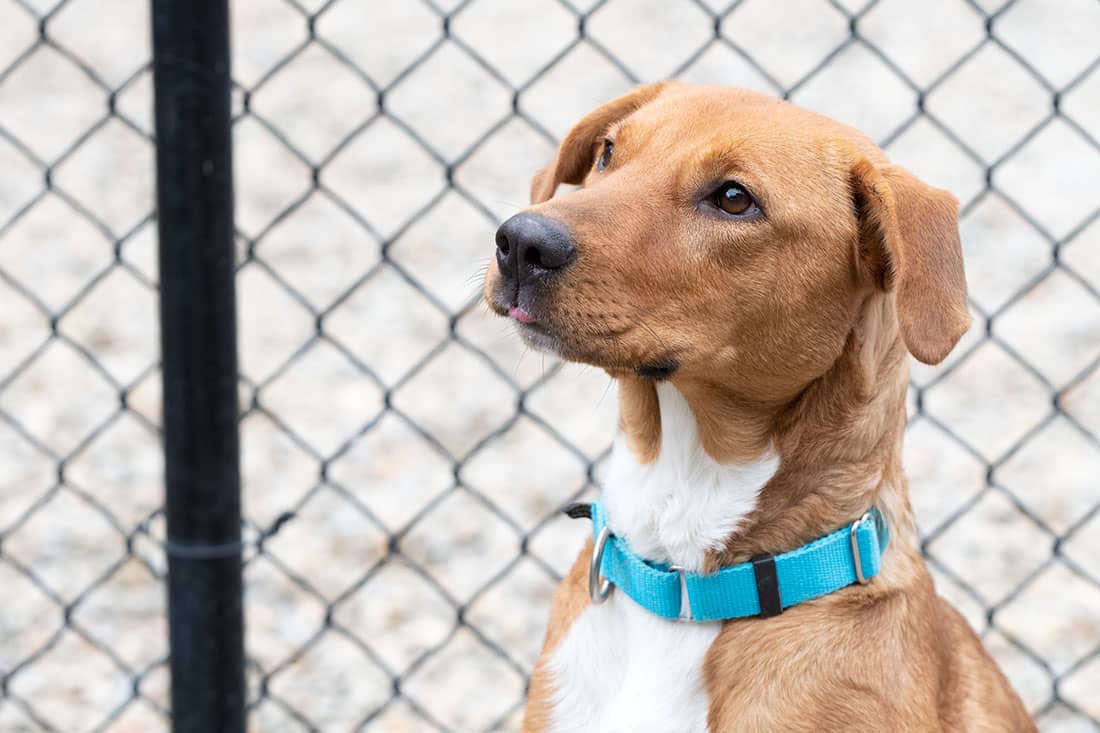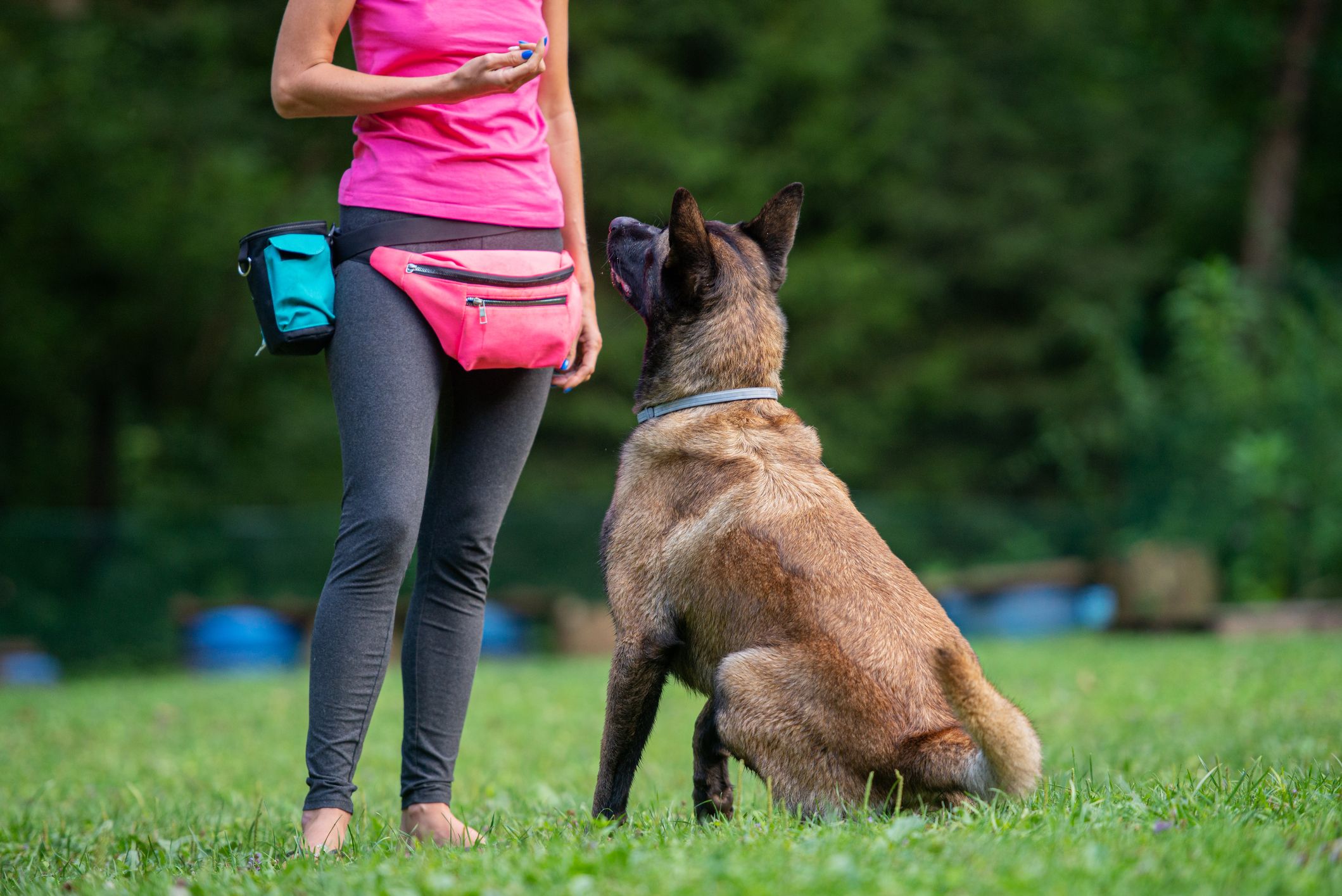Understanding Canine Body Language During Dog Training
Understanding Canine Body Language During Dog Training
Blog Article
Vital Tips for Effective Dog Training: An Overview for Animal Owners
Efficient pet training is a multifaceted process that needs a tactical technique customized to both the family pet's temperament and the proprietor's purposes. Trick parts such as establishing constant commands, using positive support, and helping with very early socialization play crucial roles in fostering a well-adjusted canine companion. Lots of pet dog owners come across obstacles that can prevent development, leading to irritation and unpredictability. Recognizing how to browse these obstacles can substantially improve the training experience, inevitably changing the connection between owner and pet. What are the necessary strategies that can be utilized to make certain success in this venture?
Understanding Canine Behavior
Comprehending pet dog habits is crucial for reliable training and cultivating an unified partnership between canines and their owners. dog training. Pet dogs communicate largely through body language, articulations, and activities, making it crucial for proprietors to analyze these signals precisely.

Socializing plays a substantial function in pet dog actions; exposure to numerous settings, individuals, and other animals can considerably affect a canine's personality. Aspects such as type attributes and private personality ought to lead training techniques, as some breeds might have certain behavioral characteristics that necessitate customized methods. By comprehending these aspects, owners can develop an encouraging setting that urges positive behavior, resulting in successful training results and a much deeper bond with their family pets.
Establishing Consistent Commands
Efficient interaction with your pet dog begins with developing constant commands. This foundational aspect of training is essential for cultivating understanding in between you and your pet. Uniformity in the commands you use makes certain that your pet dog can accurately associate details words or phrases with the wanted actions.
When choosing commands, choose clear, distinct words that are easy to separate and state from one another. Avoid making use of similar-sounding commands that might puzzle your pet. For instance, using "rest" and "remain" is appropriate, but "rest" and "struck" could result in misconceptions.
Furthermore, keep the same tone and volume for each and every command. Canines are sensitive to singing signs, so differing your tone can develop complication.
It is equally essential to make certain that all relative are on the very same page concerning the commands made use of. A united front in command usage will prevent combined signals and reinforce the discovering procedure.
Positive Reinforcement Techniques
The power of favorable reinforcement in pet training exists in its ability to urge wanted actions via incentives and appreciation. This technique is grounded in the principle that habits complied with by beneficial outcomes are most likely to be duplicated. By integrating positive support into your training regimen, you can properly shape your pet's habits in a constructive way.
To implement favorable reinforcement, it's essential to identify what motivates your pet dog, whether it be deals with, playthings, or spoken praise. When your pet dog carries out a desired action, such as remaining on command, instantly compensate them with a treat or love. This association in between the her comment is here command and the favorable outcome enhances their understanding.
It's critical to timing the incentives appropriately; supplying the support within secs of the preferred actions helps your canine make the link (dog training). In addition, uniformity is essential-- make certain that all relative make use of the same commands and incentive systems to avoid confusion

Slowly, you can reduce the frequency of treats as your pet finds out the habits, transitioning to praise my latest blog post or intermittent incentives. This technique not only cultivates a solid bond between you and your pet dog yet additionally advertises a positive knowing setting, making training a delightful experience for both.
Socialization and Interaction
Constantly subjecting your pet dog to a selection of settings, individuals, and various other animals is important for their social development. Socializing should begin early, preferably during the vital window of 3 to 14 weeks, when pups are most responsive to brand-new experiences. Older dogs can also benefit from recurring socializing initiatives.
Present your pet to different setups, such as parks, pet-friendly shops, and metropolitan areas. This direct exposure helps them adjust to different stimuli, decreasing stress and anxiety and anxiety responses. Encourage positive communications with various other canines and people, guaranteeing that these encounters are safe and regulated to foster confidence.
Utilize organized playdates with courteous dogs, as this can improve your pet dog's social skills and educate them proper behavior. Obedience classes and training sessions additionally give exceptional opportunities for socializing, allowing your pet dog to interact with others in a monitored environment.
Screen your dog's body movement throughout interactions, as this will certainly assist you gauge their convenience level. Slowly raise direct exposure to even more tough scenarios while making certain that each experience is positive. A well-socialized pet dog is most likely to exhibit balanced habits, making them a joy to have in any kind of setup.
Dealing With Typical Training Obstacles
Every canine proprietor will come across training obstacles at some point, despite their pet dog's age or socializing level. official website Identifying common issues such as stubbornness, disturbances, and fearfulness can help in establishing efficient strategies for improvement.

Diversions during training sessions can derail focus. To combat this, start training in a quiet environment with marginal stimulations. Progressively present distractions as the dog becomes extra skilled in commands. Short, regular training sessions are likewise efficient in maintaining attention.
Fearfulness can hinder a dog's understanding procedure. Steady desensitization to the source of fear, paired with favorable reinforcement, can aid alleviate anxiousness. Perseverance is important; never require a pet dog into a scenario that triggers distress, as this may aggravate the problem.
Inevitably, understanding and addressing these typical challenges with an organized technique will cultivate a more effective training experience, strengthening the bond in between pet dog and owner while advertising efficient understanding.
Verdict
In recap, successful pet training relies upon an extensive understanding of canine behavior, the establishment of regular commands, and the application of positive support methods. Socializing plays a crucial function in developing well-adjusted family pets, while addressing typical training difficulties requires perseverance and adaptability. By carrying out these important approaches, animal owners can cultivate a strong bond with their pet dogs and advertise desirable habits, inevitably bring about a harmonious connection in between humans and their canine buddies.
Recognizing pet dog actions is important for reliable training and fostering an unified connection in between pooches and their proprietors.Socialization plays a substantial role in dog habits; direct exposure to numerous environments, people, and other pets can dramatically influence a dog's character.The power of positive reinforcement in pet dog training lies in its capability to motivate preferred actions via incentives and appreciation. By including favorable reinforcement into your training routine, you can efficiently shape your pet dog's habits in a positive fashion.
In summary, effective dog training depends on an extensive understanding of canine actions, the establishment of constant commands, and the application of favorable support methods.
Report this page